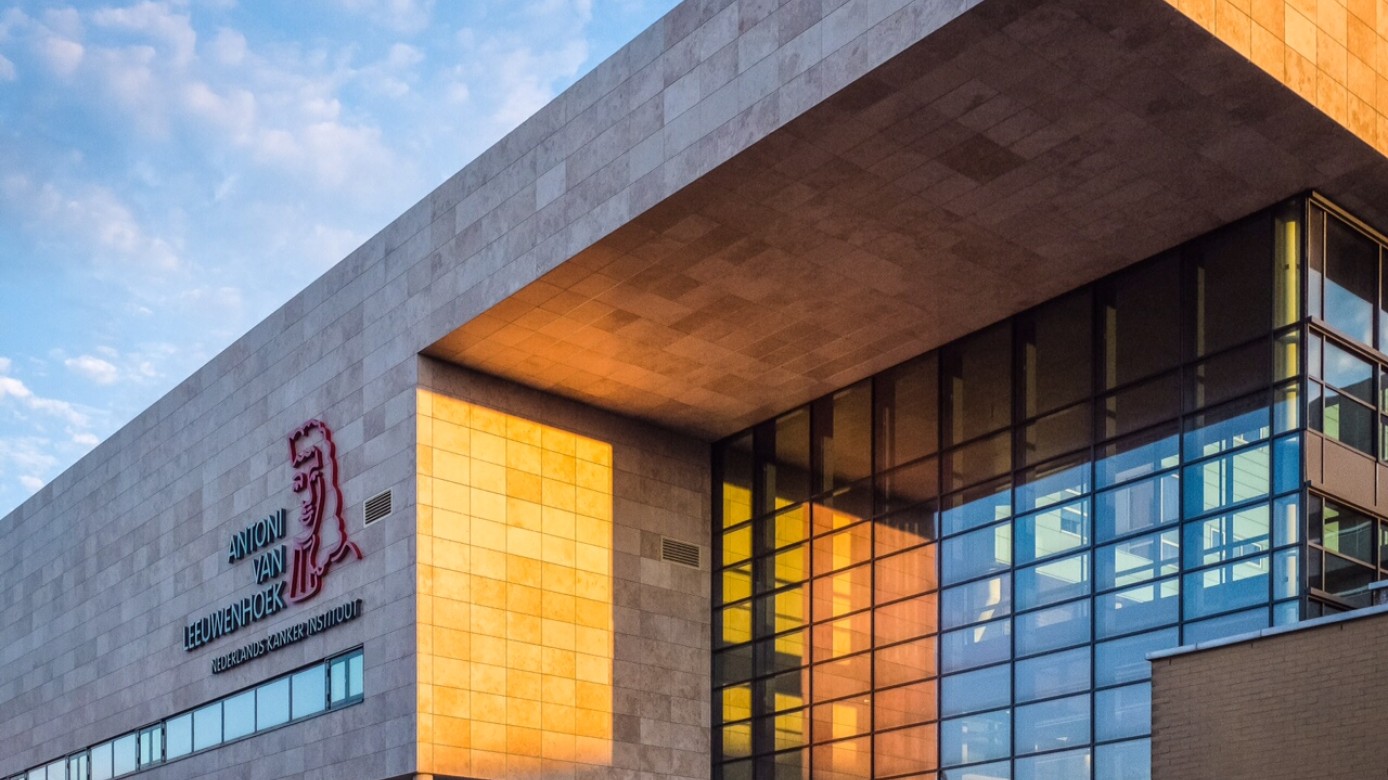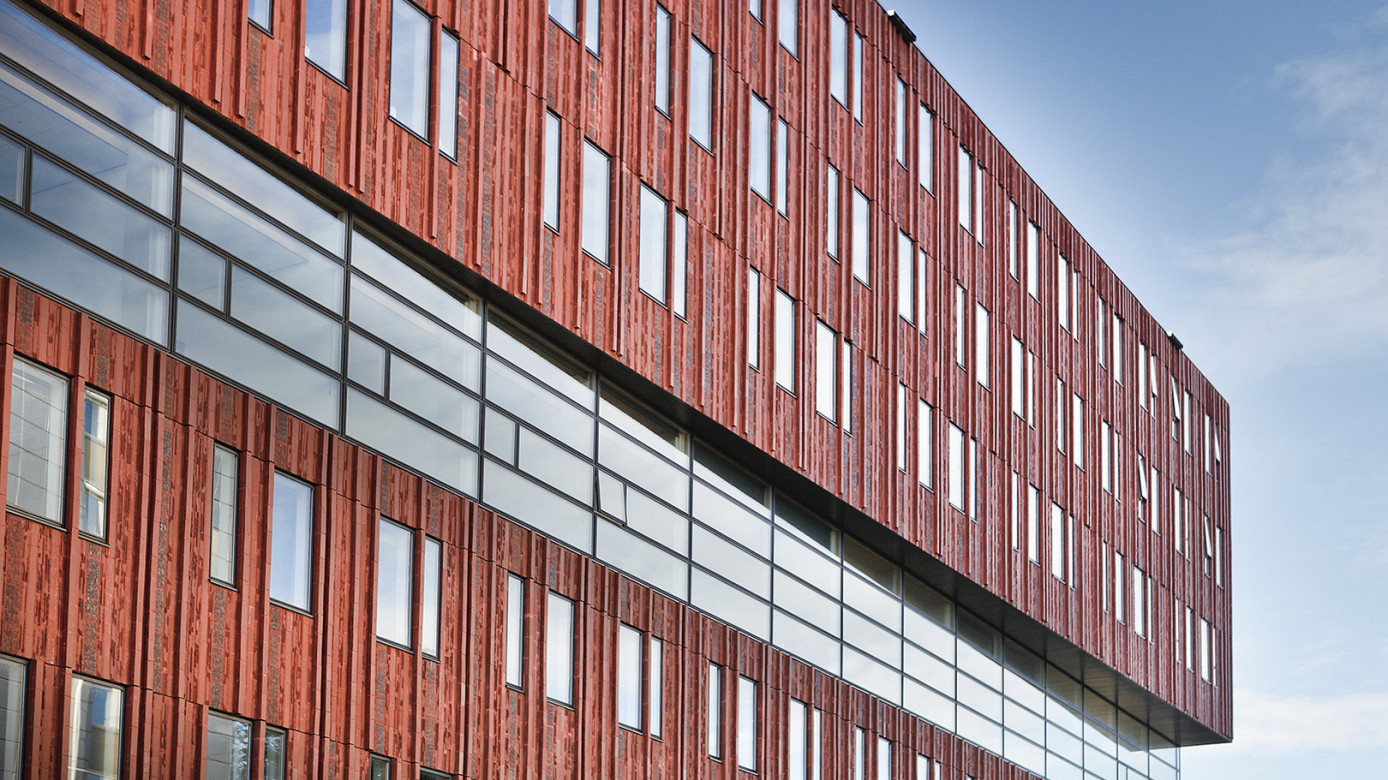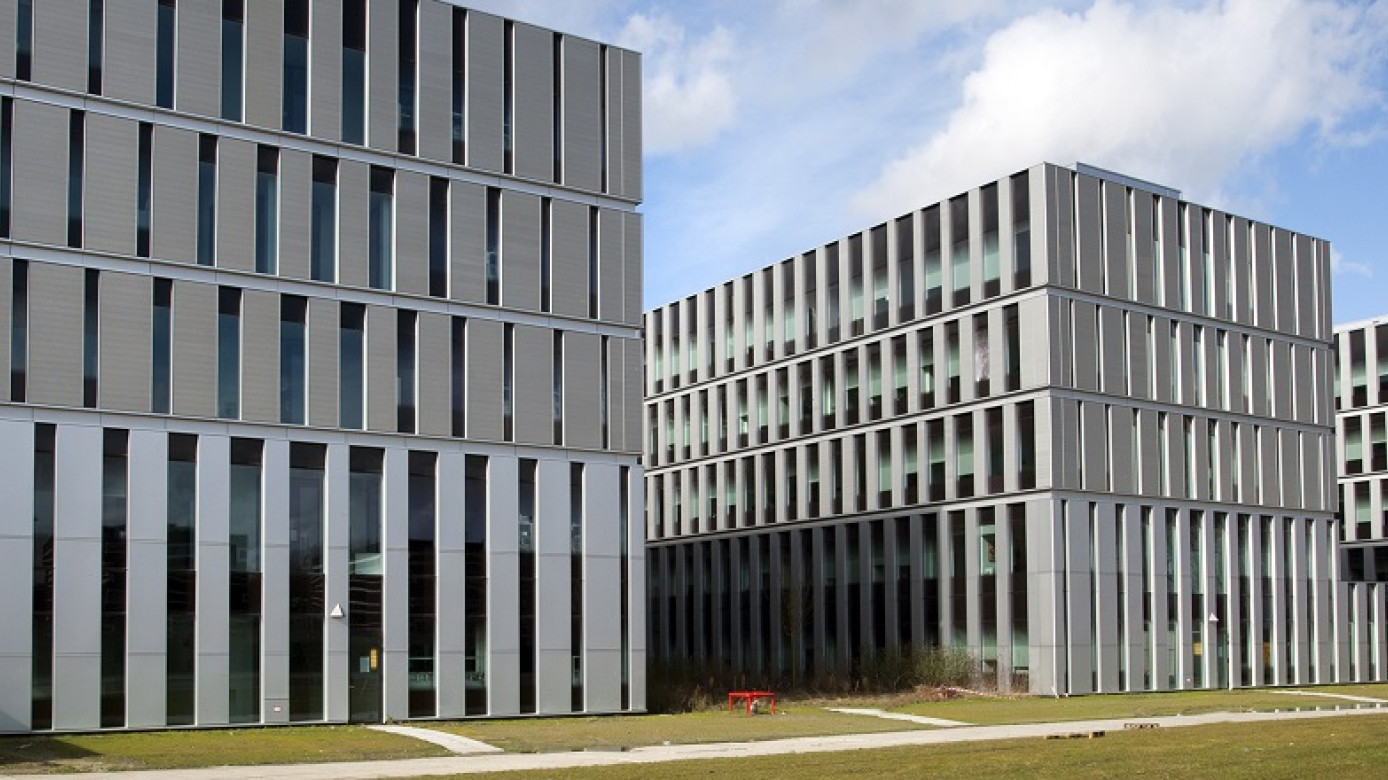About us
Screeninc is a KWF-funded national infrastructure that enables large scale functional genomic screening in the Netherlands. ScreeninC provides clinical and basic research groups access to unique research tools allowing them to expand their ongoing research programs and to initiate new research projects. It will provide expertise, tools and an infrastructure to apply functional genomic technologies from advanced model generation to large scale screening. The broad scope and combination of these technologies will advance our understanding of cancer biology leading to the discovery of novel therapeutic strategies. In addition, results from these efforts will lead to the discovery of biomarkers, effective combination therapies and strategies to revert treatment resistance. As result, this initiative will facilitate improved therapies for cancer patients.
The ScreeninC initiative is composed of three “core” research groups, each directly linked to an expertise centre/facility that supports genome editing and large-scale screening projects using complementary, state-of-the-art technological platforms.
- The laboratory of Prof. Dr. Roderick Beijersbergen & the NKI Robotics and Screening Center (NRSC), The Netherlands Cancer Institute, Amsterdam
- The laboratory of Dr. Floris Foijer & the iPSC CRISPR Facility, The European Research Institute for the Biology of Ageing (ERIBA) / University Medical Center Groningen
- The laboratory of Prof. Dr. Bob van de Water & the Cell Observatory, Leiden Academic Centre for Drug Research (LACDR) / Leiden University

NKI Robotics and Screening Center (NRSC)
In 2007, the NKI Robotics and Screening Center (NRSC) was established to provide researchers access to large scale screening technologies. Following the initial development of pooled barcode screening for genome-scale viral shRNA screening in 2003, the NRSC technology platforms have been extended to both pooled and arrayed screens, based on RNAi and CRISPR, and also small molecule screening. The NRSC has extensive expertise in the development of assays for complex cellular phenotypes and analysis of functional genomics data. The NRSC work closely with the NKI Genomics Core Facility (GCF) that provides services in next generation high throughput sequencing and single cell sequencing technologies. The NRSC and GCF provide support for bioinformatics, data-analysis, data-storage and data-integration.
iPSC CRISPR Facility
The iPSC CRISPR facility at UMCG, Groningen is a research support facility tailored to support, train and advise on iPSC-related scientific expertise. The facility offers its services and collaborates with researchers in academia as well as in the industry. Recently, the facility expanded its expertise on using CRISPR-Cas9 technologies to genetically manipulate iPSCs as well as to generate reporter cell lines and genome wide CRISPR screens. Over the next few years, our aim is to extend screens in simple cell line models to more complex models such as organoids, iPSCs and differentiated progeny and in vivo CRISPR screens. Thanks to our close collaboration with the ERIBA/UMCG sequencing facility, we also offer single cell as well as bulk sequencing technology to karyotype iPSCs, to characterize transcriptomes of our iPSCs and reporter lines and to analyze CRISPR screening libraries including the necessary bioinformatics support.


Cell Observatory
The Leiden Cell Observatory High Content Imaging Screening Facility (Cell Observatory) facilitates multi-disciplinary research aiming to visualize cellular dynamics using high throughput approaches. The Cell Observatory facilities has leading expertise in the performance of phenotypic screens based on fluorescent biosensors and GFP tagging approaches. This fluorescent engineering technologies have been extended recently with CRISPR based protein tagging in more advanced cell models including patient derived cell lines and iPSC lines. The Cell Observatory offer expertise during the development of phenotypic screens both in 2D and 3D for which a large number of CRISPR gRNA, RNAi and chemical libraries are made available.
